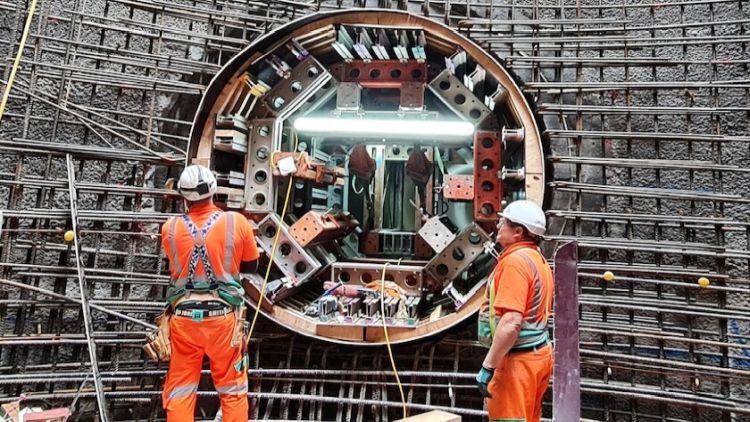
RMD Kwikform has supported the construction of huge concrete shafts for the Thames Tideway super sewer in King George’s Park and Dormay Street in London.
The 25km-long Tideway project will intercept, store and transfer sewage waste away from the River Thames.
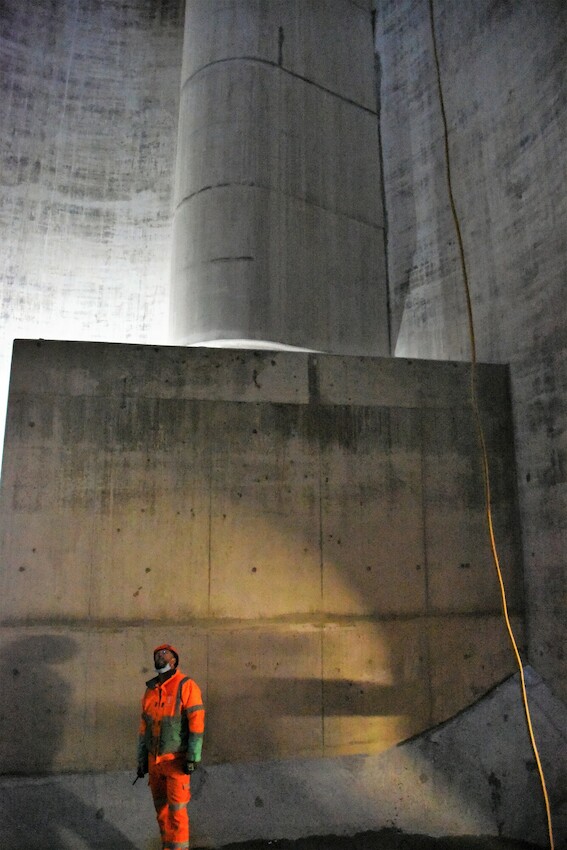
Work at Dormay Street involves connecting the existing local combined sewer overflow (CSO) to the main tunnel, and the site is also being used to drive a long connection tunnel southwards to King George’s Park and northwards to Carnwath Road Riverside, known as the Frogmore Connection Tunnel.
The King George’s Park site is the start of the Frogmore Connection Tunnel, which will link sewer overflows into the main tunnel. Construction of the 7km west section is being delivered by the BAM Nuttall, Morgan Sindall, Balfour Beatty joint venture (BMB).
One of the key challenges with this project was to ensure all the structures within these shafts could be built simultaneously, to help ensure the next construction phase on the main tunnel continued.
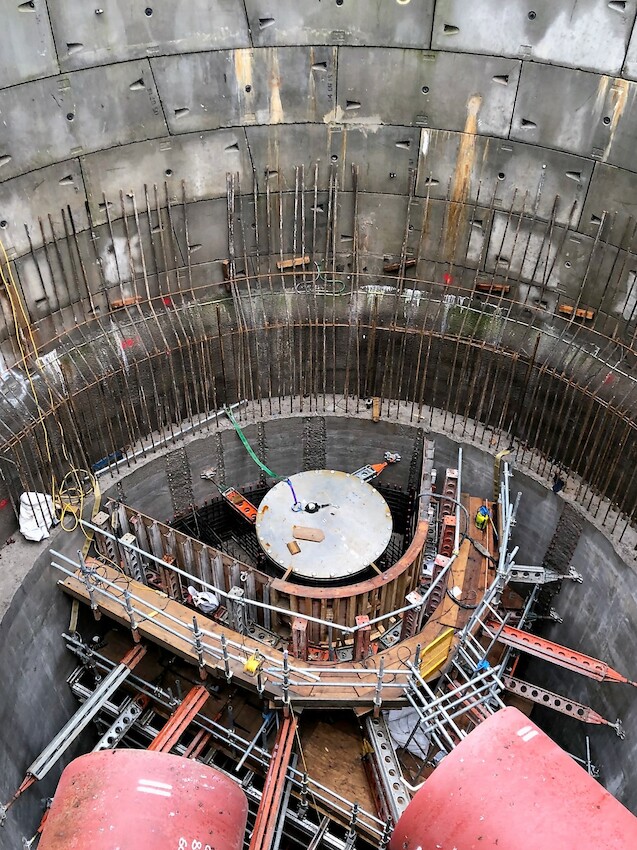
The systems provided needed to be quick to assemble, dismantle and manoeuvre, simple to use, and adaptable.
RMDK supplied temporary works solutions for forming concrete elements on all aspects of the shafts, with both shafts’ linings achieved through slipform construction.

The company supplied formwork for the surface and internal shaft structures, and these incorporated the temporary works structures needed to withstand demolition and breaking during the works.
At both sites, vortex drop pipe structures will intercept existing spills into the Thames and transport the discharged effluent vertically down through drop shafts to the newly constructed tunnels.
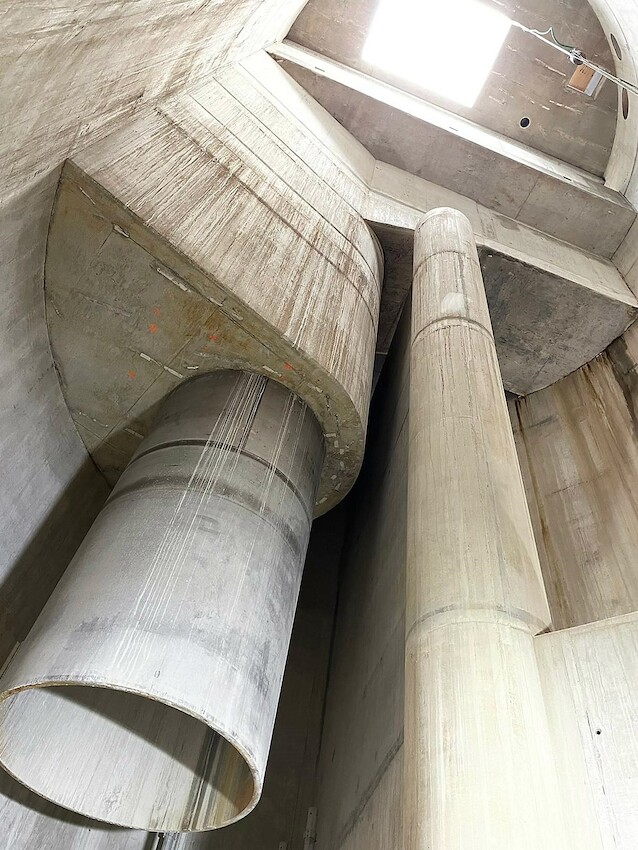
The construction process involved the breaking out of the vortex safety grill chamber, which controls the flow of sewage and wastewater into the tunnel. Here, five separate levels of concrete had to be cut, slid out, and then removed safely from the shaft. All this work had to be undertaken while avoiding the surrounding ground shoring props.
For this, RMDK used its Superslim Soldier primary formwork beams. A support grid of soldiers was assembled using six-way connectors, with Alform beam decks at each of the five levels needed for the breaker and saw to operate. The soldier structure provided a strong anchor point for the removal of the sawn concrete blocks, allowing each process to take place on a single deck.
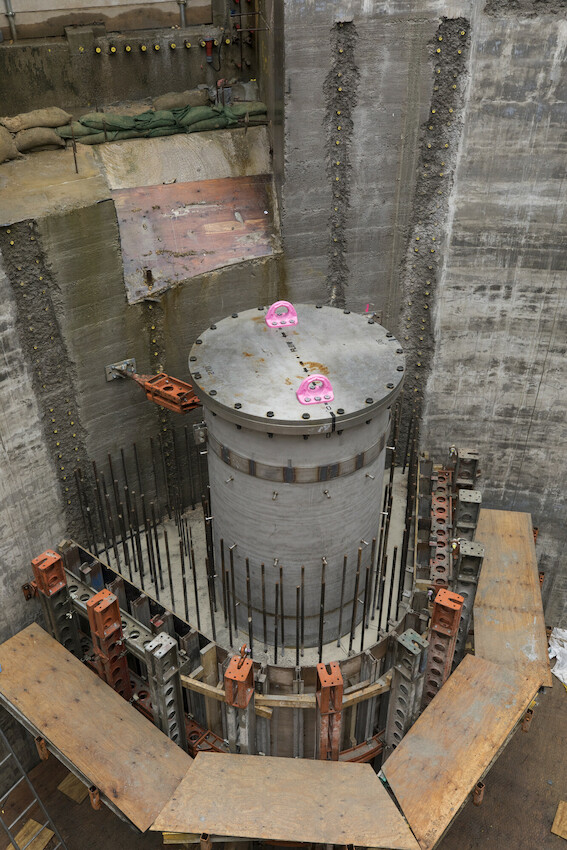
When the cutting and removal was completed at the top level, that Soldier deck was unbolted from the main soldier grid, leaving a new deck at the right level below. This was the case for each of the five levels. As a result, the breakout could immediately continue, saving a day’s labour at each level.
RMDK supported the delivery of the project with 3D modelling from project engineer Cliff Shepherd, due to the complex geometry of some of the structures.
Amy Hogg, site agent for Dormay Street and King George’s Park, said: “Both shafts were incredibly complex in terms of the civil engineering that had to be delivered within them. The biggest challenge was installing the vortex drop tubes – these huge stainless-steel tubes fill approximately two-thirds of the shaft. Building the temporary works that would support the weight of these tubes and keep them in position, as well as enabling the build of all the structures around it, was quite a complicated process.
“For instance, the vortex drop tube and generator for the Dormay Street site is quite unique, as it sits partly within the shaft, and partly outside of it. This was a complex interface, and we required a temporary works design that could meet these demands. As this part of the project progressed, quite a few changes and adaptations were needed, but RMDK helped make the temporary works design for this build a reality.”










